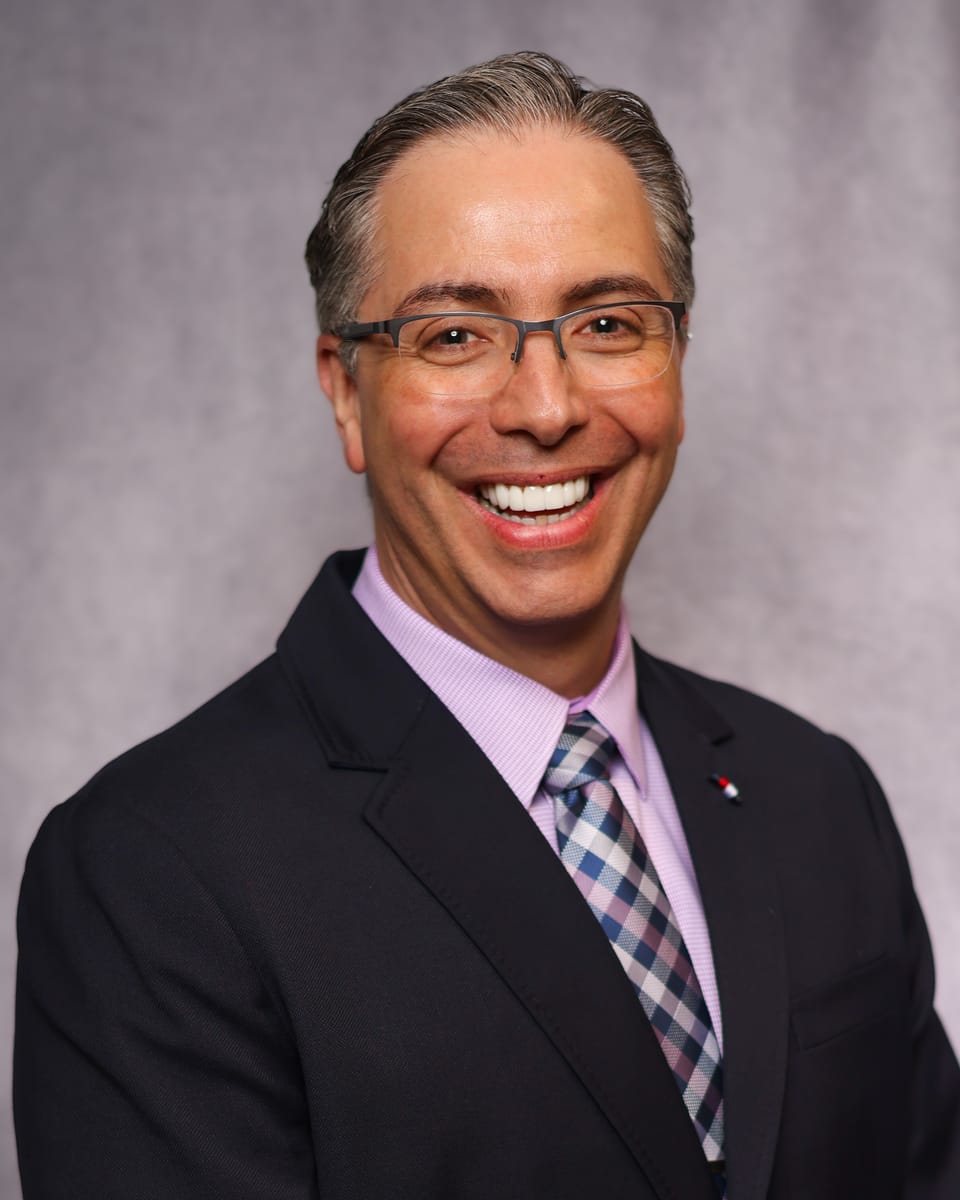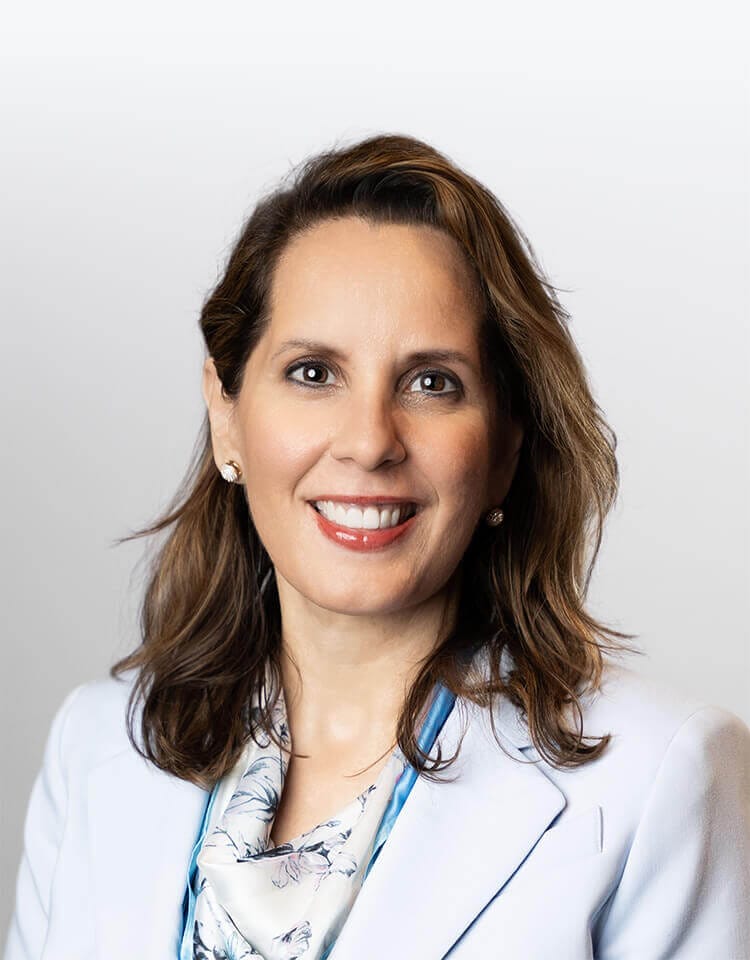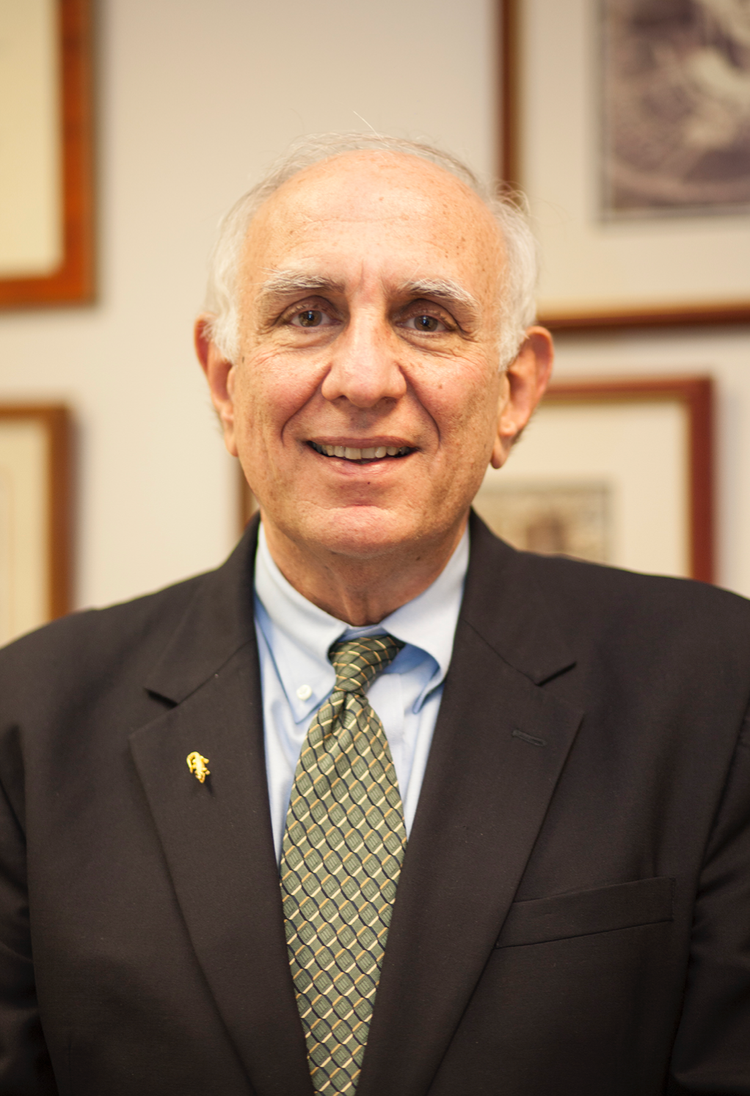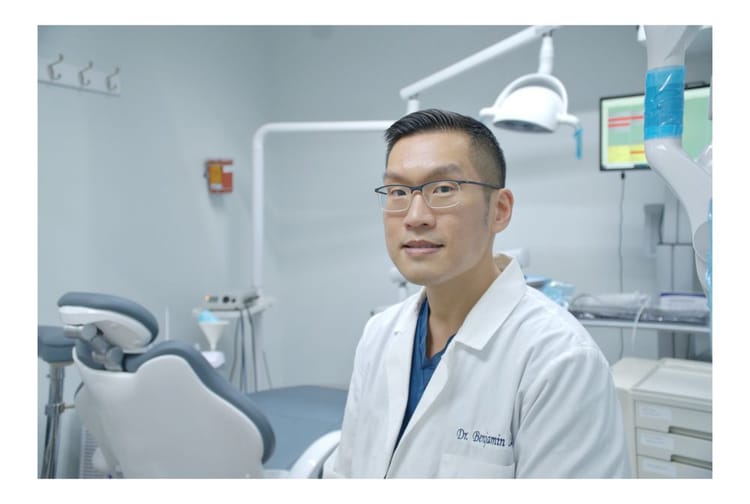Can nanotech end secondary caries?

Secondary caries are one of dentistry’s most stubborn problems. But what if they could be eliminated altogether? That’s the promise of a new nanotechnology developed by Fernando Luis Esteban Florez, DDS, PhD, MS, division head of dental biomaterials at The University of Oklahoma College of Dentistry. Working with cutting-edge resources at the Department of Energy’s Oak Ridge National Laboratory, his team has engineered dental adhesives infused with antimicrobial nanoparticles.
Now patented, the technology is attracting interest from dental product companies eager to bring it to market. Dr. Esteban Florez sat down with Dental Bite to discuss his research journey, the DOE’s user program and what commercialization could mean for the future of dentistry.
— Interview by Carrie Pallardy, edited by Bianca Prieto
How did the DOE’s user program support your research?
Secondary caries are the most common cause of failure of all types of dental restorations, regardless of the material type. You can look into amalgam, composite resins, crowns, whatever it is; secondary caries and then trauma are going to be the biggest causes of failure.
I thought to myself, “There are a lot of people interested in that because of the sheer volume of people being affected by secondary caries.” The NIH and researchers around the U.S. are trying to increase the lifespan of these restorations. Maybe nanotechnology could help me out.
Being a dentist, not having a huge amount of training in basic sciences, I could not do this by myself.
My colleague Sharukh Khajotia, BDS, my former mentor and the dean of research and innovation at the college, got in touch with the people at Oak Ridge National Lab. We got a call with a senior scientist there, Adam Rondinone, PhD, who is also an inventor on this patent. (Now, he's the co-director of the Center for Integrated Nanotechnologies at Los Alamos National Laboratory.) That’s how the whole process started.
Tell me about your research. How have you developed antibacterial nanoparticles for dental applications?
We submitted a user proposal, and we got approved. We get to play with their multi-million-dollar toys. You get a lot of intellectual resources: physicists, chemists and organic chemists.
We got a prototype of the nanoparticles, and then we started to insert that into our dental polymers, the dental adhesive resins, [all] commercially available materials. We started testing against Streptococcus mutans, [which is] one of the microorganisms tied to the caries lesion. We started seeing good results.
We saw that this technology could be functional in a hard-to-work-with matrix like the dental adhesive resin; although not very loaded in terms of filler particles, it is still a hard and almost rigid matrix. We thought that we could functionalize into different polymers of interest for dentistry. We started adding those nanoparticles to bleaching agents, and we started doing that for dental cements and endodontic obturation materials.
What are the next steps in terms of commercialization?
We have a licensing agreement in place with one of the largest dental bleaching manufacturers. We are actually now conducting a Phase 3 clinical trial for the efficacy and safety of these novel bleaching agents. And we have two polymers. One is a synthetic polymer, and the other one is a biopolymer.
There is also a leading global company that is seeking to add our nanoparticles to their restorative line. We've demonstrated that they're able to precipitate hydroxyapatite at the interface between the tooth structure and the filling material. And that would occupy the empty spaces that are created when the material, the adhesive, is converting from a monomer to a polymer. By having the antimicrobial plus the ability to precipitate crystalline structures in that very confined space, theoretically, you would be able to get rid of secondary caries altogether.
Thanks for reading today's edition! You can reach the newsletter team at newsletter@dentalbite.co. We enjoy hearing from you.
Interested in advertising? Email us at newslettersales@mvfglobal.com
Dental Bite is curated and written by Carrie Pallardy and edited by Lesley McKenzie.



